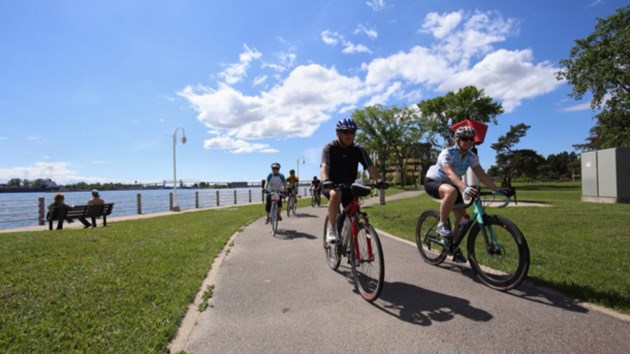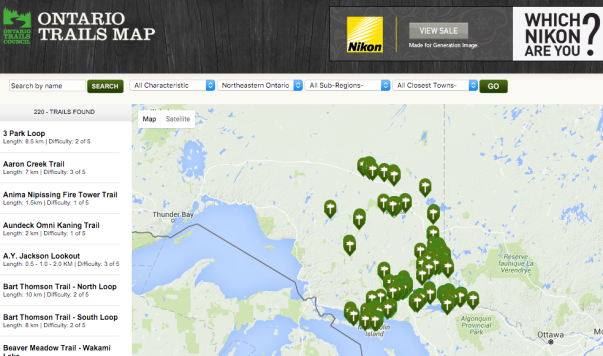380 km trail will be the first full signed and maintained cycle trail in Northern Ontario

Cycling enthusiasts will have a brand new way to see Northern Ontario as early as Canada Day 2017.
Waterfront Regeneration Trust has been hosting pilot rides of the province’s first northern bike trail throughout the month of June, which is bike month across Ontario.
The Lake Huron North Channel Trail will be the first fully signed and maintained northern cycling trail of its size, stretching 380 km from Sault Ste. Marie to Sudbury, with 18 stops along the way.









